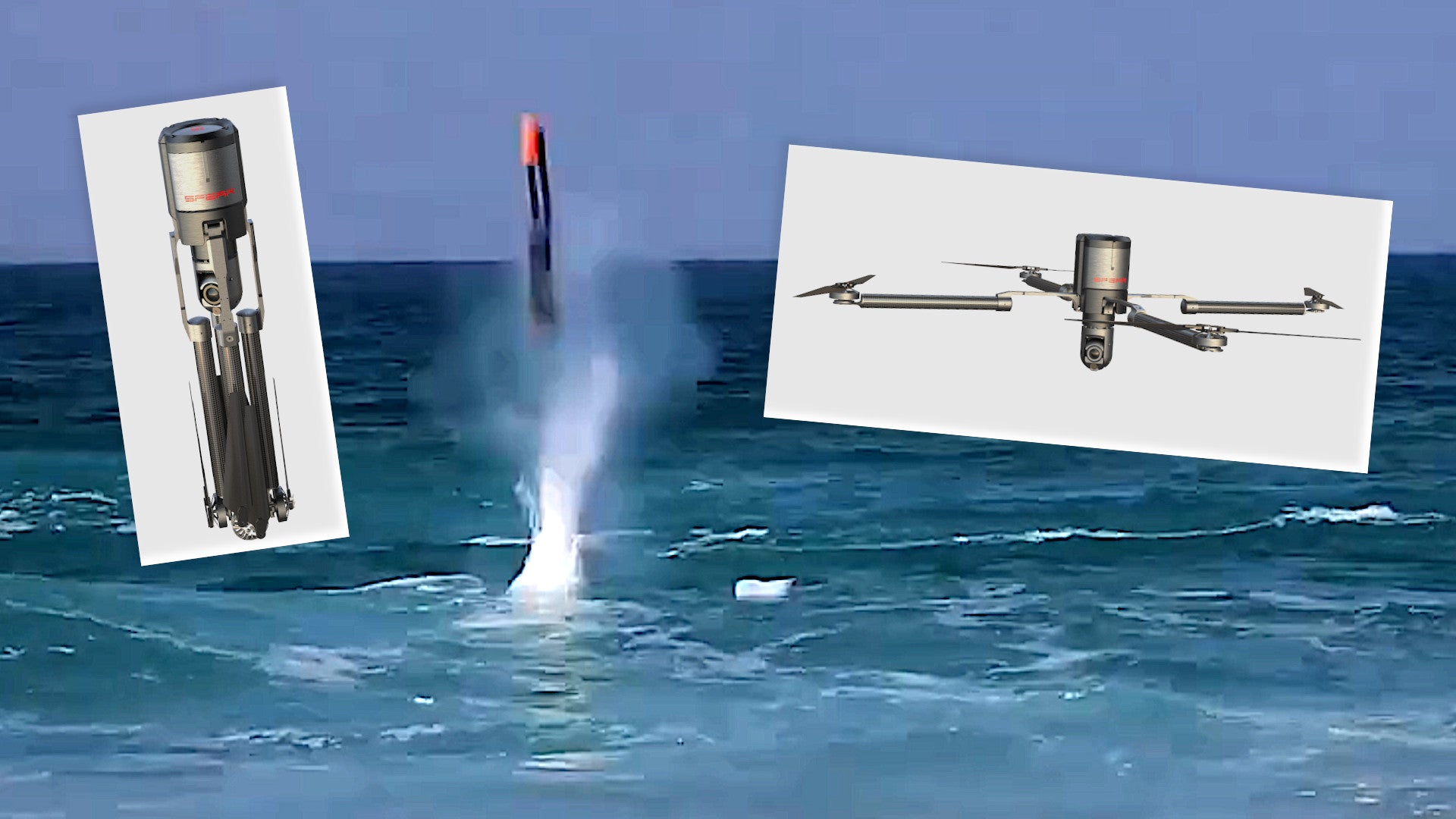The development of Submarine-Launched Unmanned Aerial Systems (SLUAS) marks a turning point in underwater warfare, merging two critical domains of military operations: the stealth of submarines and the intelligence-gathering capabilities of aerial drones. This innovation addresses longstanding challenges in naval operations by enabling submarines to perform reconnaissance, surveillance, and communication tasks without surfacing.

The United States Navy has led efforts to bring SLUAS technology from concept to reality. A landmark demonstration was the successful deployment of the eXperimental Fuel Cell Unmanned Aerial System (XFC UAS) from the USS Providence, a Los Angeles-class submarine. This milestone showcased the ability to launch a UAV from a submerged vessel through a torpedo tube, using a special capsule that ascended to the surface and released the aerial system into operational flight. The drone provided real-time intelligence, significantly enhancing situational awareness while maintaining the submarine’s cover.
Following this early success, the U.S. Navy introduced the Blackwing unmanned system, a more compact and operationally versatile platform. Designed specifically for submarine deployment, the Blackwing provides submarines with extended visual and electronic surveillance capabilities. By deploying these drones, commanders can monitor above-water activities, track potential threats, and share critical intelligence across fleet networks—all while avoiding the risks associated with surfacing.
The implications of SLUAS technology are profound. Submarines have traditionally operated with limited situational awareness above the surface, often relying on external assets such as satellites or manned reconnaissance platforms. With SLUAS, submarines gain the ability to autonomously gather intelligence, assess their surroundings, and even serve as forward-operating nodes in integrated battle networks. This capability not only strengthens their role in modern naval warfare but also underscores the increasing emphasis on multi-domain operations, where platforms from different environments work seamlessly together.
